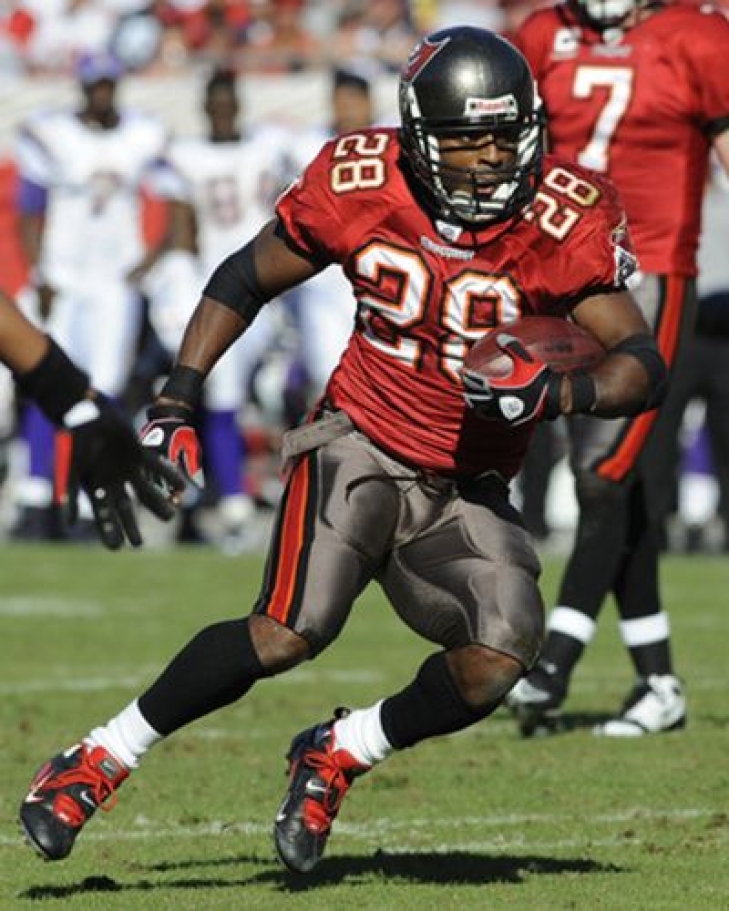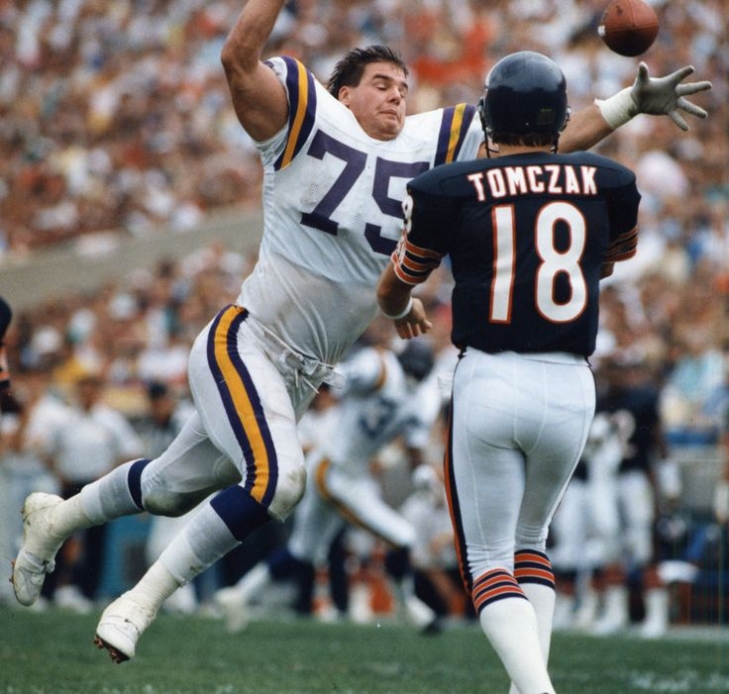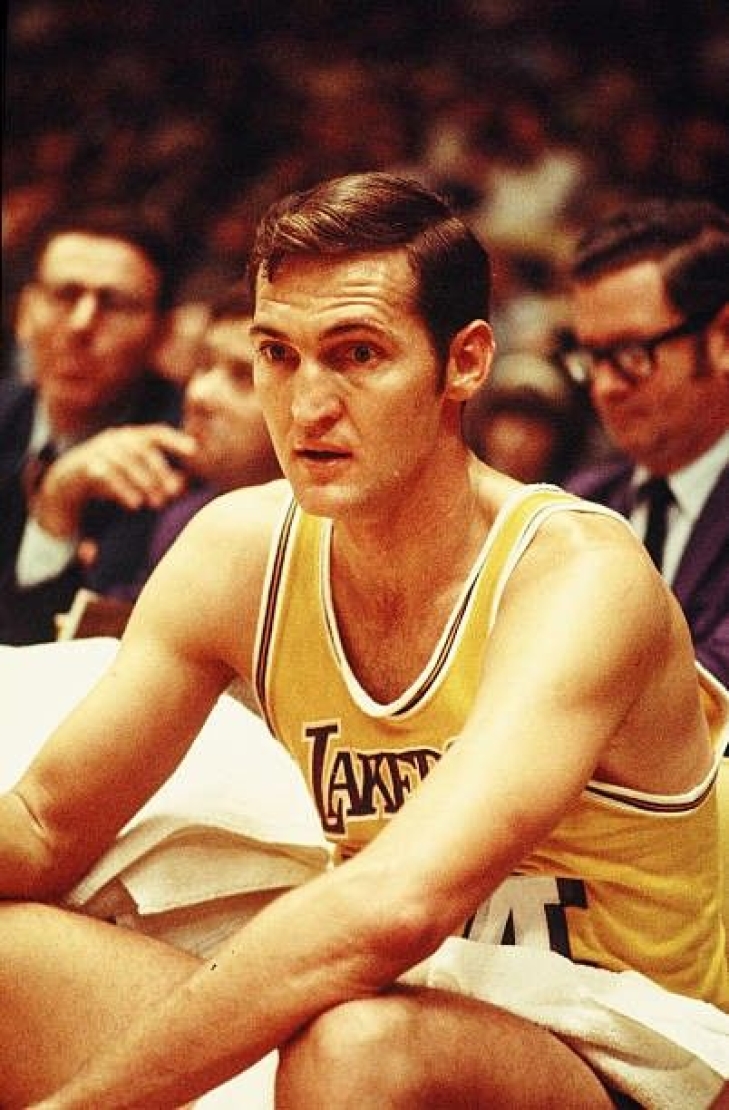
Committee Chairman
Why do people like online games instead of physical sports?
Physical sports have always been a part of people’s pastime, and they help to promote teamwork, competition, and physical exercise. Yet, there are many more opportunities in online gaming which also has millions of gamers across the globe. But why do people go to online environments more often rather than physical ones? Now let’s take a closer look at the causes of such popularity in the sphere of online gaming.
Accessibility and Convenience
Online games are unique in terms of their availability, as they can be accessed at any time of the day. That is no longer the case since people do not require special equipment or have to move to specific places to exercise. This means that with a simple computer, smartphone, or console, a person can have access to an enormous selection of games, irrespective of disability or location. This ease of access makes gaming so diverse since anyone, regardless of their status in society, can join in.
Diversity and Customization
In the world of online gaming, there are no limits to the kind of themes and subjects that are available to players. There is something for every type of gamer – from fast-paced shooters and expansive sandbox-action games to puzzles and simulations. Furthermore, online games present a wide variety of characters, which the players can choose and create to their liking. This level of customization is another way of enhancing the fun of playing online games.
Social Connection and Community
While physical sports are more likely to facilitate team spirit within groups, online games provide a different kind of unity. Some of the online games enable people to play with others from different parts of the globe, and this leads to the formation of friendships and rivalries. Guilds, chat, and voice communication allow for social interactions and reduce feelings of isolation among players.
Social media and other online platforms offer a secure and fun environment for players to navigate through the unending universe of online games. Here you can play exciting games, but one must not forget that everything that happens online should not be taken to the real world.
Immersion and Escapism
Online games can be more immersive than physical sports games because of the convenience that the internet provides. Realistic or imagined environments with enhanced graphical and audio features captivate the players and allow them to escape into the game. This ability of the game to offer an environment free from real-life stress factors is one of the main attractions for many gamers.
Progression and Achievement
Huge numbers of online games possess complicated leveling mechanisms and tasks, which encourage players to continue coming back and playing. Know that the feeling of achievement that players receive when they can overcome various challenges, gain mastery over skills, and gain access to new content is a powerful motivating factor for players. This constant progression keeps the players active and eager to improve their scores.
Conclusion
The game industry is also not standing still and offering users new technologies, such as virtual reality, for even deeper immersion into the game. Physical sports will remain popular, there is no doubt about that. However, the opportunity to play in the comfort of your home, the variety of games available, and the social interaction that is present in online gaming make it an attractive proposition for an increasing number of people.
301. Warrick Dunn
Warrick Dunn was one of the most successful Running Backs at Florida State, where he had over 5,000 Yards From Scrimmage, 49 Touchdowns, a National Championship in 1993, and an All-American in 1996. Dunn was the first RB taken off the board in the 1997 Draft, with the Tampa Bay Buccaneers as his landing spot. Dunn’s career was not exclusive to Tampa but to the NFC South.
Dunn transitioned into the professional ranks with ease, winning the Rookie of the Year and a trip to the Pro Bowl with a dual-threat attack of 1,440 Yards From Scrimmage. Blessed with great field vision and a powerful frame, Dunn rarely was in the rushing yards leadership, but mostly because he was an above-average accumulator from the air. Dunn added a second Pro Bowl off of a 1,555 YFS year, but a banged-up Dunn had his lowest production, 1,004 YFS with only 447 Rushing Yards, brought him to free agency, where he signed with the Atlanta Falcons, a team he is equally synonymous with.
A Falcon for six seasons, Dunn had three straight years with over 1,000 Yards (2004-06) with a Pro Bowl in 2005. That year, Dunn had career-highs in Rushing Yards (1,416) and YFS (1,636), with him rushing for 9 TDs (his best) the year before. Dunn requested his release when Michael Carter was signed, and he returned to Tampa for one final season in 2008.
A write-up about Dunn is never complete without mentioning his philanthropy. The winner of the Walter Payton Man of the Year in 2004 and the NFLPA Alan Page Community Award in 2007, Dunn’s efforts in home building and ownership for single-parent families helped so many people. If character was the only prerequisite for Canton, Dunn would already be there.
On the field, Dunn compiled an impressive 15,306 Yards From Scrimmage with 64 Touchdowns.
Notinhalloffame List Update: 276-300 on Football Revised
The problem with running a Hall of Fame-related website is that many of the big ones we cover all have announcements within months of each other. The backbone of what we do is list-related, resulting in a long push to revise what we already have, specifically now with our Football and Basketball Lists.
At present, we have a minor update as we have completed the next twenty-five of the 2024 Football List, which you can comment on and vote on:
The new 276 to 300:
276. Keith Millard
277. Derrick Johnson
278. Stanley Morgan
279. Leon Gray
280. David Akers
281. Buster Ramsey
282. Beattie Feathers
283. Russ Francis
284. Carson Palmer
285. Keith Brooking
286. Dennis Smith
287. Frank Cope
288. Charles Mann
289. Ed “Too Tall” Jones
290. Rich Gannon
291. Seth Joyner
292. E.J. Holub
293. Mel Gray
294. Bart Oates
295. Fred Arbanas
296. Michael Vick
297. Bill Stanfill
298. George Svendsen
299. Hanford Dixon
300. Mike Quick
*Denotes First Year of Eligibility.
Rankings are impacted annually based on your comments and votes.
Thank you all for your patience. We will soon unveil more changes to the football and basketball lists.
RIP: Jerry West
Jerry West, the man whose form is shaped on the National Basketball Association logo, passed away at the age of 86.
A college star at West Virginia, West took the Mountaineers to the Championship Game where they fell to California, but West was so good that he won the Final Four Most Outstanding Player. Collegiately, he was also a two-time All-American and two-time SoCon Player of the Year.
A member of the 1959 Pan American and 1960 United States Men’s Basketball Team that won Gold, West was drafted second overall that year by the Minneapolis Lakers, who promptly moved to Los Angeles. A Laker for the entirety of his career, West was one of the finest guards in basketball history, making 10 All-NBA First Teams, four All-Defensive First Teams, and fourteen All-Star Games. Echoing his Final Four MVP, West was named the NBA Finals MVP in 1969 when they lost to the Boston Celtics. West would finally win that title in 1972 when Los Angeles beat the New York Knicks. Statistically speaking, West averaged 27 Points per Game, won the 1970 Scoring Title, and the 1972 Assists Title, and was later named to the NBA 35th, 50th, and 75th Anniversary Teams.
As phenomenal as West was as a player, he rose to greater heights as an executive. West took over as the Lakers head coach for three years (1976-79) where he brought L.A. to the playoffs each year and had a winning record (145-101). He moved on to the front office as a scout and took over as their General Manager in 1982. Under West, the “Showtime” Lakers were built and dominated winning six NBA Championships. He also set them up for future success, laying the foundation for their early 2000s success. West later became the GM for the Memphis Grizzlies and brought them to respectability and later won two more rings as an executive with Golden State.
West was inducted into the Naismith Basketball Hall of Fame in 1980, his first year of eligibility. He would later enter the College Basketball Hall of Fame as part of the inaugural 2006 class and entered the Naismith Hall a second time in 2010 as part of the 1960 Olympic Gold Medal-winning team. He was scheduled to enter a third time this year for his contributions as an executive.
We here at Notiinhalloffame.com would like to extend our condolences to the fans, friends, and family of Jerry West.





